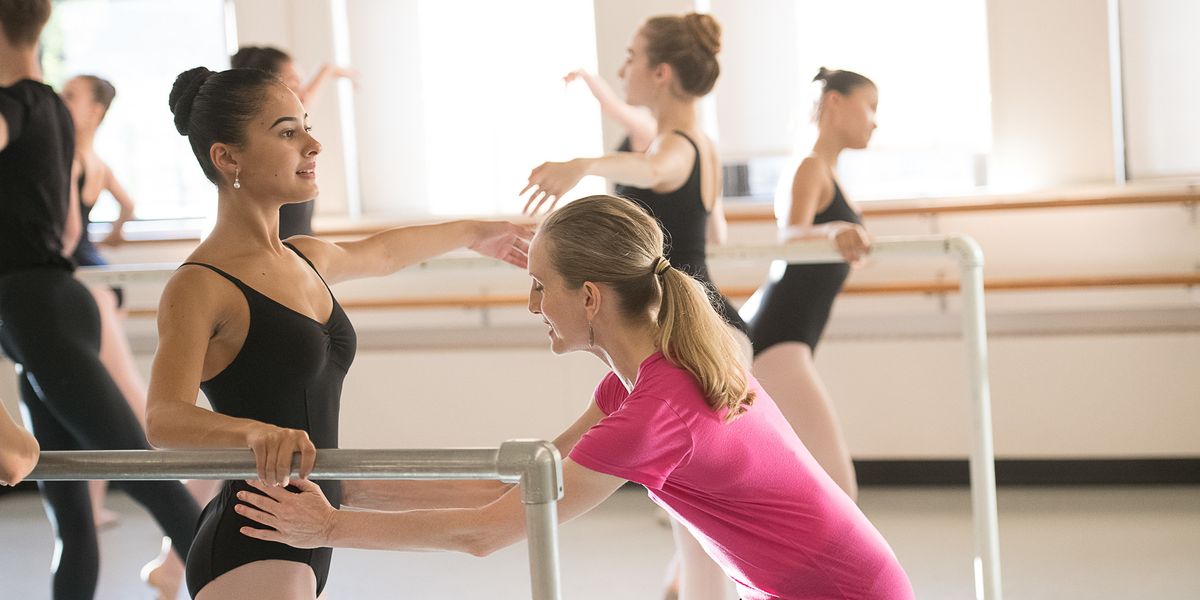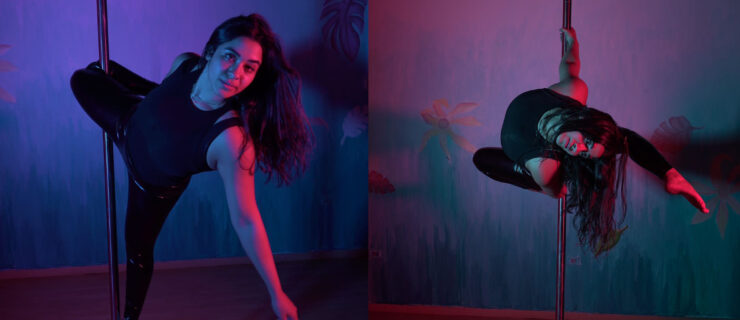How Can Dance Thrive If We Don't Care About Its History?
When I was a young dancer in Louisville, Kentucky, my ballet teacher used to speak a lot about Merrill Ashley. She brought neoclassical technique to exquisite new heights under Balanchine, and as a technician, she famously paved the way for today’s balletic whiz kids. (Later, when I was a teenager, I was lucky enough to have her as a teacher.) Today, as I travel around the country giving master classes, I often find myself bringing up the names of quintessential American ballerinas, dancers like Merrill. But now, if I mention her name, I can’t help but notice my students’ eyes widening as they look to each other wondering who exactly this famous ballerina named Merrill is.
(“Google her,” I say. “She’s one of American ballet’s greatest national treasures!”)
I was lucky enough to have been given a class in ballet history as a 10-year-old. As much as I disliked the idea of getting up early on Saturday mornings to take notes on Bronislava Nijinska and Ninette de Valois before technique class, I can’t help but be grateful now for having been exposed, at such a young age, to the historical beginnings of my chosen art form. Knowing this history gave me a road map for how modern-day ballet came to be.
Listening to my teacher Alun Jones, as he lectured on about how ballet technique developed over time—crossing from Italy to France to Denmark to Russia, finally making its way over to America, even finding its way to my own town—gave me a new perspective and pride of place within the lineage of the art form.
Throughout my career, I’ve continued to stay curious about the stories, heritage and historical figures involved with the origins of so many ballets. Understanding that brings depth of insight and colors the imagination beyond simply knowing the steps; history both puts us in our place and empowers us at the same time.
Before the internet, when information about dance was scarce, we savored our subscriptions and our trips to the bookstore. I’ll never forget the only dance book in my grade school library back then. It was about the revolutionary modern dancer, Katherine Dunham. Starved for inspiration, I checked it out, and found myself engrossed in her story. As a preteen, white aspiring ballerina, I never expected to find myself connecting so deeply to one of the great African-American mid-century innovators of modern dance. Not only was Ms. Dunham a remarkable performer and teacher but she was also a highly acclaimed academic and a groundbreaking social activist, an icon of the dance world.
It’s incredible to understand how dance has developed over time, how it’s transformed itself through economic collapse and even war, and how it continues to survive. Being a dancer requires great responsibility—ballet’s past reminds us that we are now the living, breathing, active recipients of the 400-plus-year history of this remarkable art form.
How the ballet world moves ahead is undoubtedly a question on everyone’s mind, especially in regards to inclusion, diversity and female empowerment. Tides are turning for a number of cultural capitals around the globe.
As we navigate ourselves forward, it might be good to glance back more often, to see how and why those before us did what they did. We need to study ballet’s cultural shortcomings, as well as its successes. That’s more of a challenge these days as we find ourselves in this “speed of light” digital age, so often focusing on ourselves and the “now.” But let’s put some extra effort into getting to know those artists who, through their deepest commitment to dance, gave us shoulders to stand on.
This passing down of history (along with technique and artistry) is a bit like handing down the family jewels—with each generation imploring the next to “handle with care” and “wear it well”—so the art can continue to shine for generations to come.




